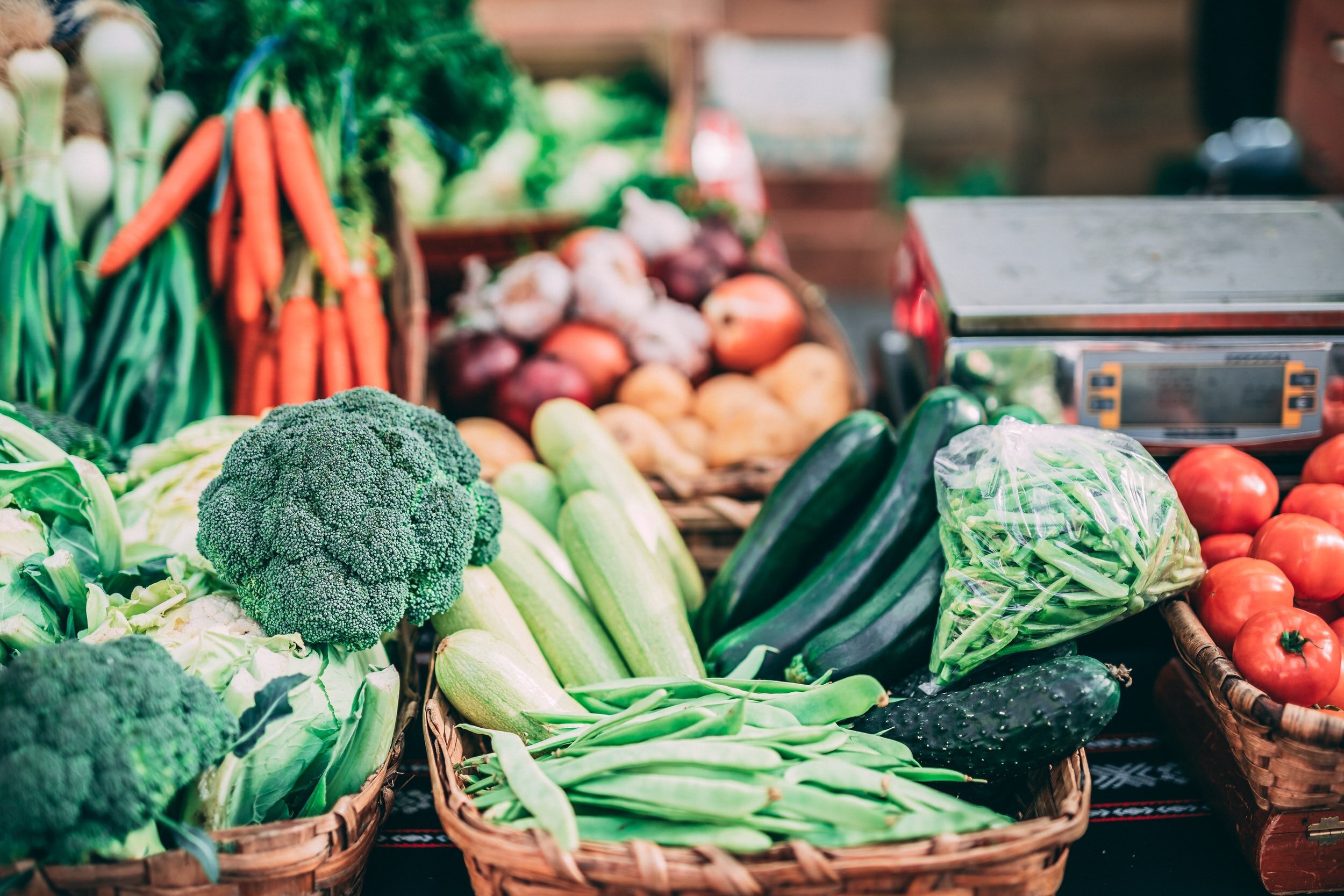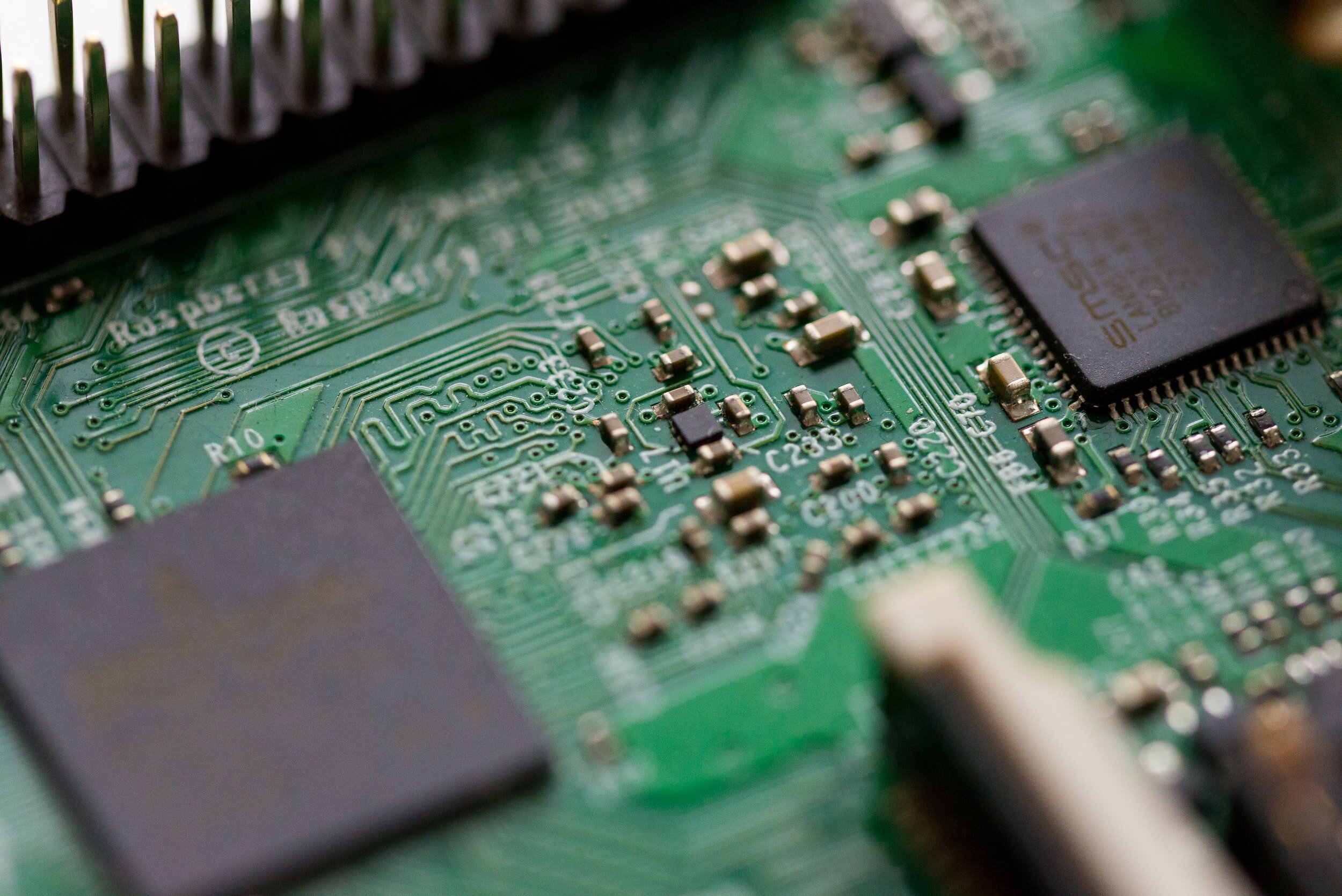Compostable Plastics: Solution or just more plastic?
Why bioplastics won’t solve our plastic problem
By Hung Phan
Plastic pollution is a major environmental concern. We produce approximately 300 million tons of plastic waste per year, and at least 8 million tons of that end up in our oceans. While there are numerous efforts in place to find better ways to replace plastic, one of the trendier options is biodegradable plastics, also known as bioplastics.
Types of Bioplastics
Bioplastics differ from normal plastics in two main aspects: they are biobased, biodegradable, or a combination of the two. Biobased means that the material is partly derived from renewable resources, whereas biodegradable means that it breaks down in the presence of certain microorganisms. While many multinational companies market bioplastics as being the solution to the plastics crisis, they may cause more harm than good.
Bioplastic Use
Globally, bioplastics are mostly used in packaging, single-use tableware, and agriculture. Even though it accounts for only 1% of all annually produced plastics in the world, bioplastic production is expected to drastically increase in the future with rising demand, increased versatility, and pressure on multinational companies to be ‘greener.’ Bioplastic production is estimated to grow from 2.11 million tons in 2020 to 2.87 million tons by 2025.
Currently, goods packaging, such as snack packaging, is the primary use and accounts for 59% of all bioplastics produced in 2019. Next, the food service industry consumes a large number of bioplastics for food packaging and single-use cutlery. The COVID-19 pandemic has boosted the production and consumption of bioplastics as countries worldwide issued stay-at-home orders, forcing people to rely on food delivery services and online shopping more than ever.
Not to mention, the role of multinational e-commerce companies is arguably the most dominant considering the volume of products they ship across the world every day. For example, the Chinese e-commerce sector is on track to produce an average of 5 million tons of bioplastics per year by 2025.
The agriculture sector is also a large bioplastic consumer through mulching. Bioplastic mulching demand globally will be at 2 million tons per year, with China being the largest user.
In general, bioplastic production is increasing globally. Sourced from European Bioplastics.
Problems with Bioplastics
Bioplastics are often misleadingly labelled as being compostable or biodegradable. In reality, these plastics usually cannot be composted in our municipal systems, nor will they biodegrade if left in the natural environment. Most bioplastics are designed to degrade in dedicated composting facilities under specific industrial conditions. We can’t simply bury bioplastics in our backyard and expect them to decompose like paper or other organic materials.
Changes in the conditions may result in incomplete composting and lead to further costs in the process. Furthermore, regulations and universal standards have not yet been developed and adopted that would require companies to include necessary labels and information for consumers to differentiate between bioplastics and conventional plastics.
As of now, there are not enough composting facilities, even in Europe with its developed bioplastic market. With sorting and processing capacity in Asia – the largest producer – and North America extremely lacking, the outcome of bioplastics is no different than normal plastics: ending up in landfills and our environments. To make matters worse, when buried with no oxygen (e.g. in landfills), bioplastics release methane gas, which is 25 times more potent than CO2. When left in the environment, they pose a serious threat to wildlife who may ingest, or become entangled in, the plastic.
Photo taken at Sunnyside Park, Ontario by A Greener Future volunteer Poppy Burbidge
Even the term ‘biodegradable plastics’ itself is vague and ambiguous. Most bioplastics that appear on markets are made from a combination of organic materials and fossil fuels. As companies are not required to declare the true composition of the material, consumers will mistakenly assume that the plastics will behave like other biodegradable materials when they don’t. This creates a false ‘solution’ and encourages greater consumption of plastics by consumers while reducing pressure on these companies.
As unfortunate as it is, bioplastics might not be the solution to plastic pollution many had hoped it would be. Labels like “compostable” “certified compostable” and “biodegradable” mislead consumers who often end up contaminating waste streams with these bioplastics.
Conscious consumers may place their bioplastic products in their municipal green bin, believing that they will be composted. In reality, these products will often end up in landfills.
For example, the City of Toronto does not accept bioplastics in their municipal organics scheme and reports a number of problems caused by bioplastics to their diversion programs. Bioplastics that end up in the composting stream will not degrade because they require different conditions to break down than the facility can provide. Bioplastic bags, for example, act as conventional plastic bags in Toronto’s organics processing facility and will float to the top and be skimmed off in the early stages of the process, destined for the landfill.
Bioplastics also cause problems in recycling streams. They look so much like conventional plastic products, that consumers may mistake them as being recyclable. According to the City of Toronto’s website, “If biodegradable plastics get into the recycling system - it causes a lot of problems for sorting and re-use. If biodegradable plastic is mixed with non-degradable plastics and new products are made - you can imagine what would happen to packaging on a shelf - if components start breaking down.”
Overall, we can conclude that bioplastics are anything but the solution to our growing plastics problem. Without access to designated facilities that can process them under the right conditions, we see the same problems with bioplastics as we do with conventional plastic. For bioplastics to become a viable alternative to conventional plastic, we would need to see transparent labelling requirements and adequate processing capacity worldwide. Presently, we are nowhere near reaching that goal and plastics continue to pollute our environment. The current solution is to reduce consumption and transition away from plastics altogether.
Check out our Low Waste Business Directory for your plastic-free needs!



















